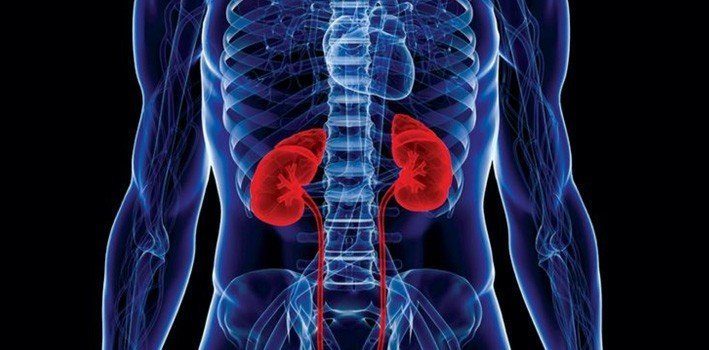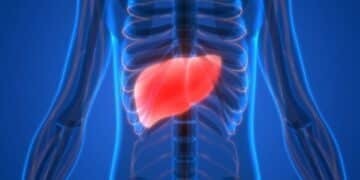The best analogy for kidneys is an update on your smartphone. Every once in a while, Apple (or Android) wants you to update your phone with new features.
It resets your phone, basically giving your phone new life. Same for kidneys.
They clean your blood and keep your body chemically balanced through its filtration system.
The worst part about kidneys? You can’t pee without them! Well, you could pee, but it would be harder to pee since kidneys are your filtration system.
And did you know you don’t need both kidneys to live?
Here are 20 interesting facts about your kidneys!
Kidneys love their blood flow. They reabsorb and redistribute 99% of the blood volume throughout the body, leaving the 1% of the filtered blood to become urine.
Because they love the flow of blood, kidneys have a higher blood flow compared to the brain and liver.
About 25% of all blood from the heart goes into the kidneys.
A baby’s kidney is huge compared to its body weight. Even though it weighs less than an ounce (28 grams), an average baby weighs 7.5 pounds, or 120 ounces (3.4 kilograms).
An adult’s kidney weighs about 5 ounces (142 grams) and is the size of a fist.
Make sure you hydrate: the most common cause of kidney stones is not drinking enough liquids, especially water. Drink up! Your kidneys will thank you later.
The largest kidney stone ever recorded was the size of a coconut. It weighed a whopping 2.5 pounds (1.1 kilograms).
The right kidney is usually smaller and placed lower in the body than the left kidney. The right kidney sits under the liver, the body’s largest internal organ, which explains why it’s smaller and placed lower in the body.
You don’t need both kidneys. One-half of a kidney can do the work of two, and 75% of one kidney can sustain life comfortably.
If a child is born without a kidney, the other one will grow and weigh the same as two kidneys put together.
Our filtration system should thank these tiny filtering units called nephrons. They remove harmful toxins and excess fluids from the blood to keep you alive.
There are about 1.15 million nephrons in your body. Stretched out from end to end, they are about 5 miles (8 kilometers) long.
You can hold anywhere between 50 and 500 milliliters (1.7-17 ounces) of urine in your bladder.
What’s cooler is that your body waits until your bladder is half-full before you go to the bathroom. Once it reaches the halfway point, your body sends signals to your brain telling you that it’s time to expel the yellow stuff from your system.
Kidneys also activate vitamin D in your body – but only as a last resort. If your skin cells can’t receive vitamin D from the Sun, then your liver takes over. And if your liver can’t produce vitamin D, your kidneys get the job done.
You pee between one and two liters of urine every day.
Your kidneys update your blood very regularly. All the blood in your body goes through your kidneys and is filtered every 30 minutes, which is about 50 times every day.
Kidneys also pump around 400 gallons of blood every day.
The first human kidney transplant happened in Ukraine in 1933 by Yuri Voronoy. Sadly, it failed.
The first successful kidney transplant was done by Joseph E. Smith and his team in Boston in 1954.

















